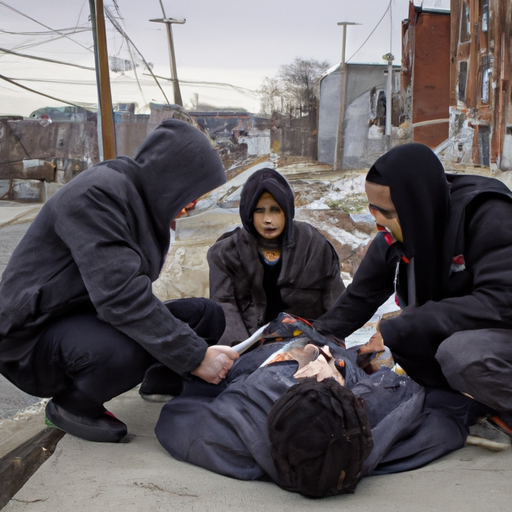Opioid Epidemic Canada: Naloxone Saving Lives Amidst the Crisis
Today, we turn our attention to one significant aspect of Canada’s fight against the opioid epidemic – Naloxone. A strong weapon in our collective arsenal, the drug, regarded as an “opioid overdose-reversing” tool is changing the way we handle the opioid crisis across the country. In a recent article by Atlantic CTV News, the spotlight is on Naloxone and its promising role in tackling the opioid crisis.
The Role of Naloxone in the Opioid Crisis
Naloxone is a drug used to reverse opioid overdoses. The drug essentially works by blocking opioid receptors in the brain, temporarily halting their impact until medical help is available. According to Atlantic CTV News, this drug is now available free of charge in many provinces across Canada – a commendable and necessary act to stem the fatalities caused by the opioid crisis. This move, along with the widespread training rendered on how to use naloxone kits, is certainly a step in the right direction.
Undeniable Impact of the Opioid Crisis
The opioid crisis in Canada has created rippling effects across society. It has significantly strained our medical and law enforcement resources. Furthermore, the crisis has propelled many into the fringes of society, contributing to rising homelessness rates and escalating criminal activities. Untangling the complex web of issues revolving around the opioid crisis is a daunting task, but steps like making naloxone readily available represent significant progress.
Key Insights
- Naloxone has proven effective in reversing opioid overdoses – a critical tool in the fight against the opioid crisis.
- This life-saving drug is becoming widely available and free of charge across many Canadian provinces.
- The opioid crisis has directly led to a rise in homelessness and crime rates, posing a significant societal challenge.
- Government and non-profit initiatives are offering training on how to administer Naloxone, further empowering everyday citizens to combat the epidemic.
The Future Combat Against Opioid Crisis
While Naloxone certainly is not a solution to the opioid crisis, it gives us a fighting chance to handle the grim situation. It equips citizens with the ability to make an immediate difference when it matters the most – in the throes of an overdose. The availability of naloxone is a public health success in a grim landscape littered with the effects of the opioid crisis. Moreover, these efforts underscore the importance of community solidarity and active participation in mitigating this crisis.
Bridging the Gap with Awareness
However, a forthcoming challenge is to raise awareness about Naloxone—not just among the general public but also among the at-risk population. Let’s remember that the drug only reaches its maximum potential when in the hands of as many people as possible. Hence, training more individuals in recognizing overdoses and administering Naloxone must form part of any future strategy in our fight against the opioid crisis.
In conclusion, as we collectively grapple with the profound effects of the opioid crisis, it’s important to appreciate the success stories. The success of Naloxone points towards one key fact — our most effective responses to this crisis must come from a blend of robust public health initiatives, supported by community awareness and involvement. The battle might be a hard one, but every life saved from an overdose is a testament to the fact that it is not an insurmountable one.
